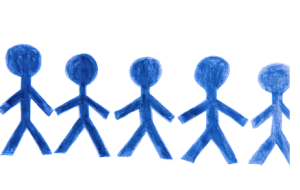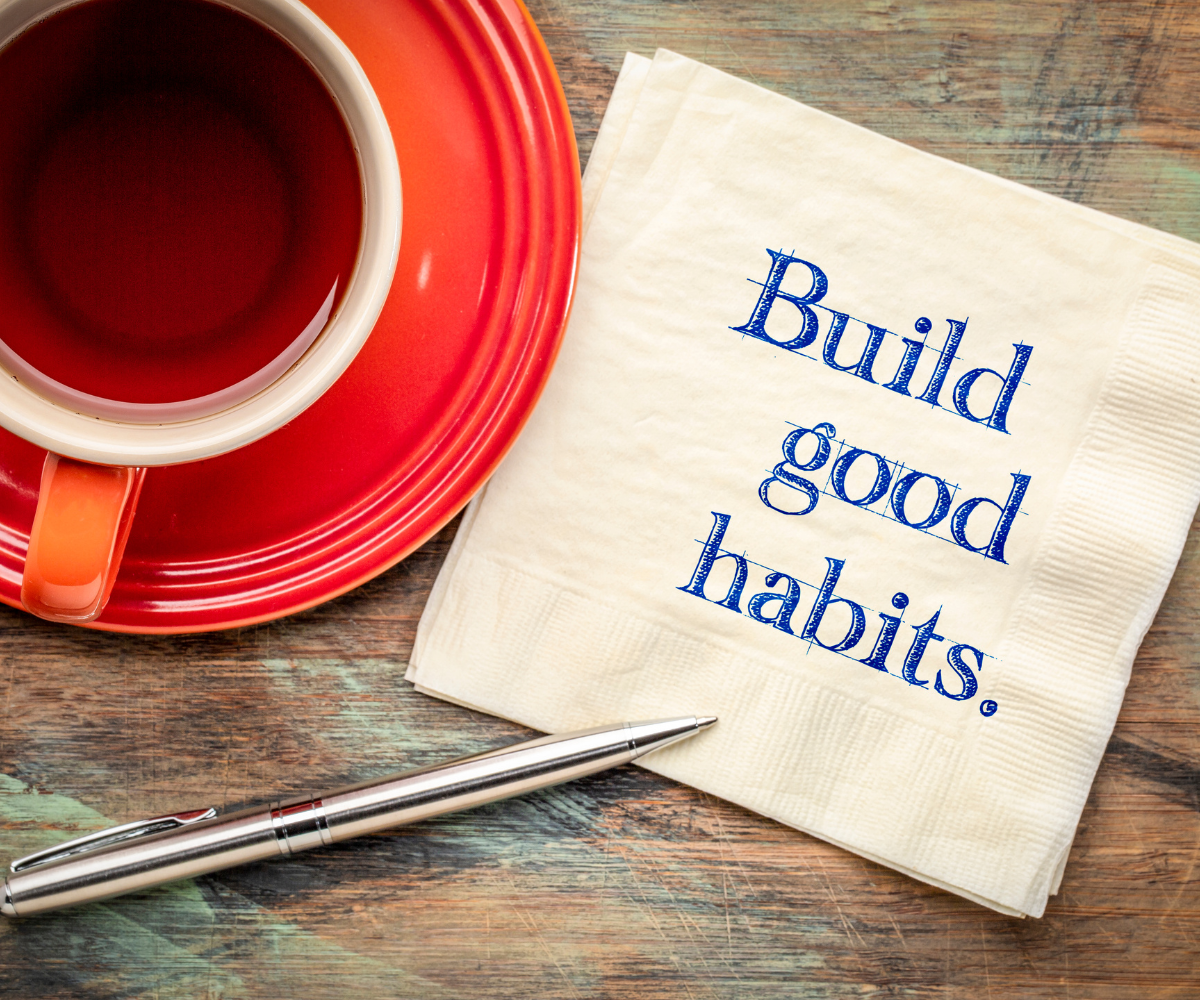As you check out at the grocery store, you share a laugh with the cashier about the face you see peering up at you from the uncommonly gnarled potato in your basket. At work, you and your teammates celebrate a shared triumph with hugs and high fives. On your morning jog, you smile and nod to greet fellow runners and silently wish them a good day. After a trip that’s kept you apart for too many days, you share a long embrace with a family member. Can these everyday moments be called love? What exactly is love?
First and foremost, love is an emotion, a momentary state that arises to infuse your mind and body alike. Love, like all emotions, surfaces like a distinct and fast-moving weather pattern, a subtle and ever-shifting force. As with all positive emotions, the inner feeling it brings you is inherently and exquisitely pleasant—it feels extraordinarily good, the way a long, cool drink of water feels when you’re parched on a hot day. Yet far beyond feeling good, a micromoment of love, like other positive emotions, literally changes your mind. It expands your awareness of your surroundings, even your sense of self. The boundaries between you and not-you—what lies beyond your skin—relax and become more permeable. While infused with love, you see fewer distinctions between you and others. Indeed, your ability to see others—really see them, wholeheartedly—springs open. Love can even give you a palpable sense of oneness and connection, a transcendence that makes you feel part of something far larger than yourself.
Then, slowly, this expansive and transcendent feeling fades away, just like any other emotion, be it anger, joy, or sadness. However wondrous, feelings of love sweep through you for only a few moments. No emotion is built to last, not even the ones that feel so good. True, you can learn to coax your fleeting micro moments of love to linger with you a bit longer, and you can revive them later through conversation, but their duration is best measured in seconds or minutes, not months or years. Love is the ephemeral and precious openness you feel well up in your chest, not a rock-solid ring made of precious metal on your left hand.
The love I speak of here is also far from exclusive. It’s not just that unique feeling you reserve for your spouse or your romantic partner. It even extends beyond your warm feelings for your children, parents, or close friends. Perhaps counterintuitively, it’s far more ubiquitous than you ever thought possible for the simple fact that love is connection. It’s that poignant stretching of your heart that you feel when you gaze into a newborn’s eyes for the first time or share a farewell hug with a dear friend. It’s even the fondness and sense of shared purpose you might unexpectedly feel with a group of strangers who’ve come together to marvel at a hatching of sea turtles or cheer at a football game. The new take on love that I want to share with you is this: love blossoms virtually anytime two or more people—even strangers—connect over a shared positive emotion, be it mild or strong.
To put it in a nutshell, love is the momentary upwelling of three tightly interwoven events: first, a sharing of one or more positive emotions between you and another; second, a synchrony between your and the other person’s biochemistry and behaviours; and third, a reflected motive to invest in each other’s well-being that brings mutual care.
My shorthand for this trio is positivity resonance. Within those moments of interpersonal connection that are characterized by this amplifying symphony—of shared positive emotions, biobehavioral synchrony, and mutual care—life-giving positivity resonates between and among people. This back-and-forth reverberation of positive energy sustains itself—and can even grow stronger—until the momentary connection wanes, which is of course inevitable, because that’s how emotions work.
Odds are, if you were raised in a Western culture, you think of emotions as largely private events. You locate them within a person’s boundaries, confined within their mind and skin. When conversing about emotions, your use of singular possessive adjectives betrays this point of view: you refer to “my anxiety,” “his anger,” or “her interest.” Following this logic, love would seem to belong to the person who feels it. Defining love as positivity resonance challenges this view. Love unfolds and reverberates between and among people—within interpersonal transactions—and thereby belongs to all parties involved, and to the metaphorical connective tissue that binds them together, albeit temporarily. Love alters the unseen activity within your body and brain in ways that trigger parallel changes within another person’s body and brain. More than any other positive emotion, then, love belongs not to one person, but to pairs or groups of people. It resides within connections. It extends beyond personal boundaries to characterize the vibe that pulsates between and among people. It can even energise whole social networks or inspire a crowd to get up and dance.
The Right Context for Connection
Positivity resonance doesn’t spring up at random. It emerges within certain circumstances, stemming from particular patterns of thought and action. These are love’s bedrock prerequisites. The first precondition is a perception of safety. If you assess your current circumstances as threatening or dangerous in any way, love isn’t a possibility for you at that moment. Indeed, your brain has been shaped by the forces of natural selection to be exquisitely attuned to threats. Your innate threat-detection system even operates outside your conscious awareness. You could be engrossed in conversation, or enjoying a blissful run in the woods, for instance, and still instantaneously spot that writhing snake on your path. Although true threats are rare, not everyone can trust the world this way. People who suffer from anxiety, depression, or even loneliness or low self-esteem perceive threats far more often than circumstances warrant. Sadly, this over alert state thwarts both positivity and positivity resonance.
Love’s second precondition is connection, true sensory and temporal connection with another living being. You no doubt try to “stay connected” when physical distance keeps you and your loved ones apart. You use the phone, email, and increasingly texts or Facebook, and it’s important to do so. Yet your body, sculpted by the forces of natural selection over millennia, wasn’t designed for the abstractions of long-distance love, the XOXOs and LOLs. It hungers for more. It hungers for moments of oneness.
The problem is that all too often, you simply don’t take the time that’s needed to truly connect with others. To the contrary, contemporary society, with its fast-changing technology and oppressive workloads, baits you to speed through your day at a pace that’s completely antithetical to connection. Feeling pressured to accomplish more each day, you multitask just to stay afloat. Any given moment finds you plotting your next move. What’s next on your never-ending to-do list? What do you need and from whom? Increasingly, you converse with others through emails, texts, tweets, and other ways that don’t require speaking, let alone seeing one another. Yet these can’t fulfill your body’s craving for connection. Love requires you to be physically and emotionally present. It also requires that you slow down.
I’m not worried about any surface resistance to using the L-word. The terminology you use isn’t what matters. What matters is that you recognise positivity resonance when it happens as well as the abundant opportunities for it, and that, more and more frequently, you seek it out.
By Barbara Fredrickson






Leave A Comment